How does G.V() compare with Neo4j Browser? Let’s find out!
We’re all about helping graph database adoption, and so is Neo4j. Find out in this article how our approach with G.V(), our graph database client, compares to Neo4j browser.
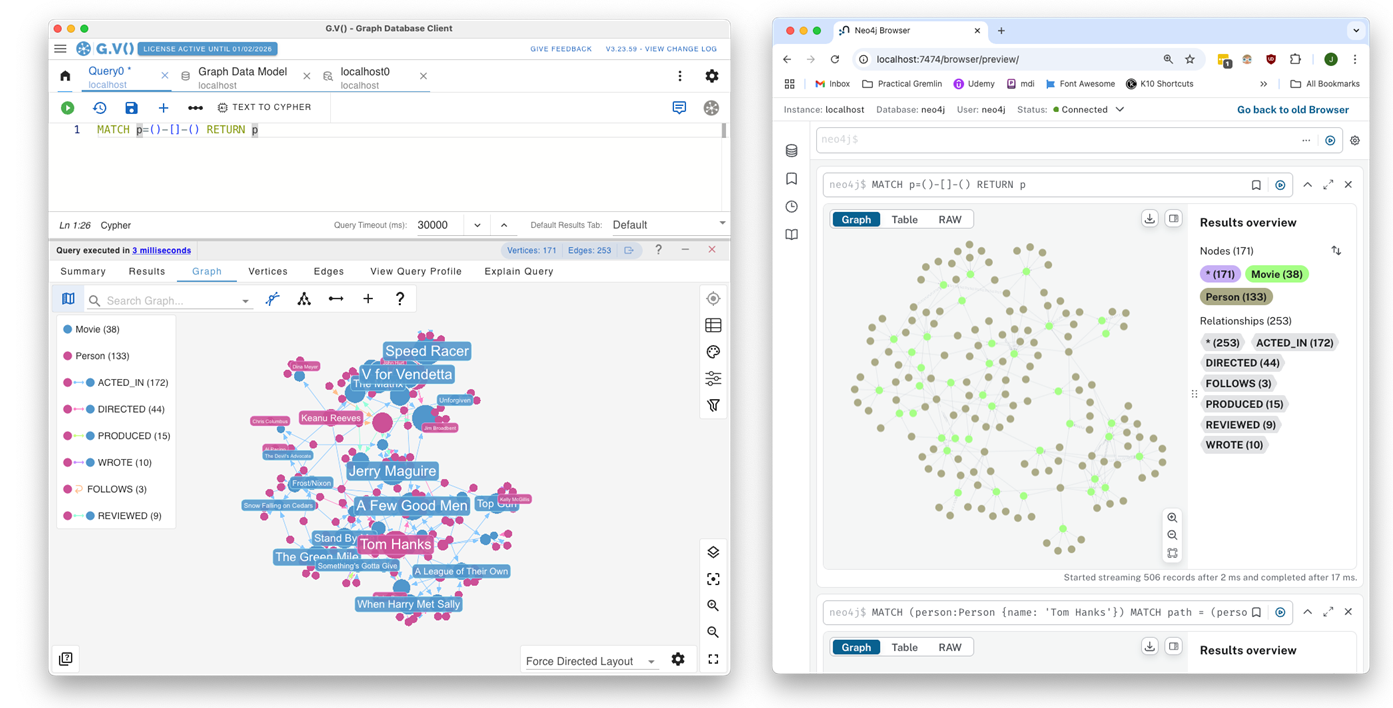
We’re all about helping graph database adoption, and so is Neo4j. Find out in this article how our approach with G.V(), our graph database client, compares to Neo4j browser.
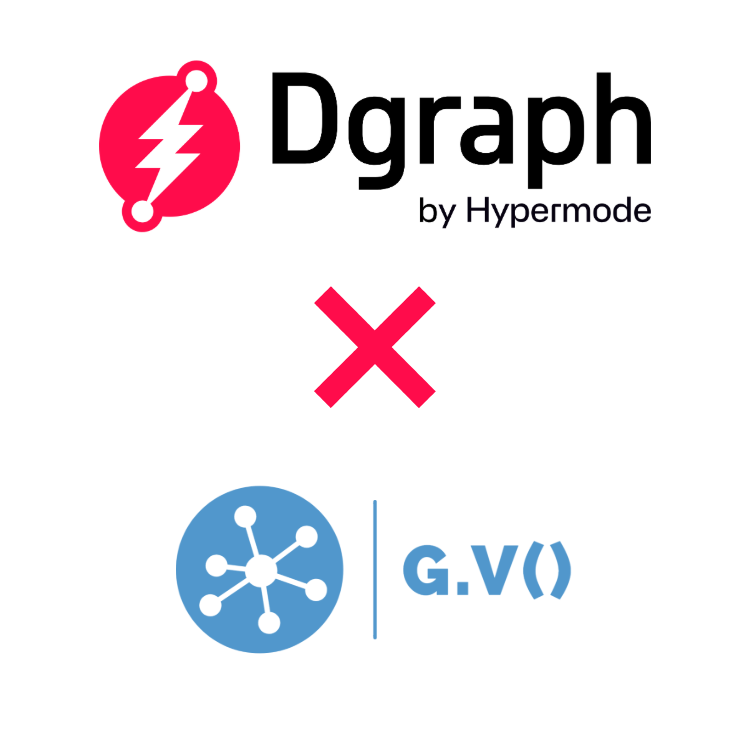
G.V() is now compatible with Dgraph and Hypermode Graphs. With this partnership we bring a wealth of new tooling and features for Dgraph users to explore and visualize their graph data like never before.
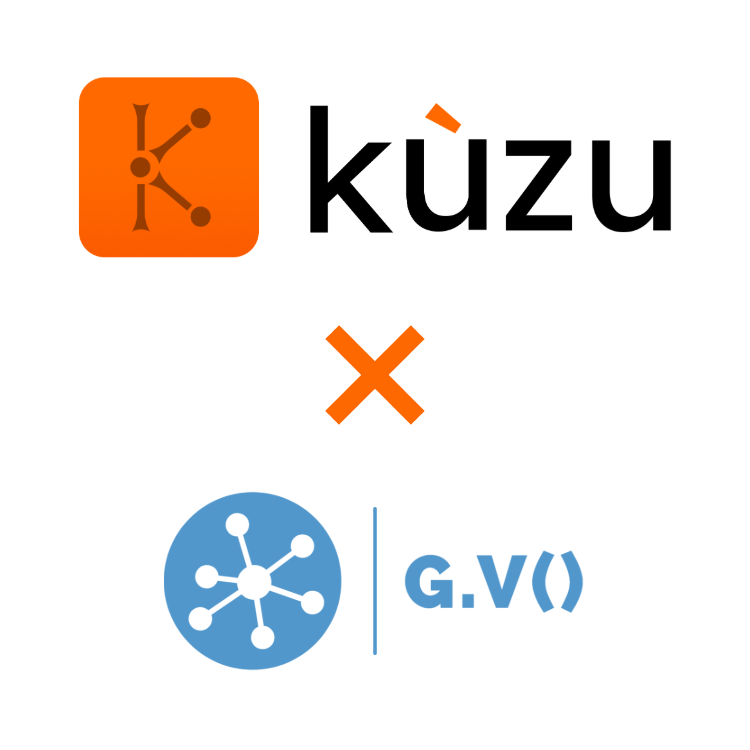
G.V() is now compatible with Kuzu, bringing feature-rich graph visualization and query editing features to Kuzu users. Let’s dive into the benefits of this integration.
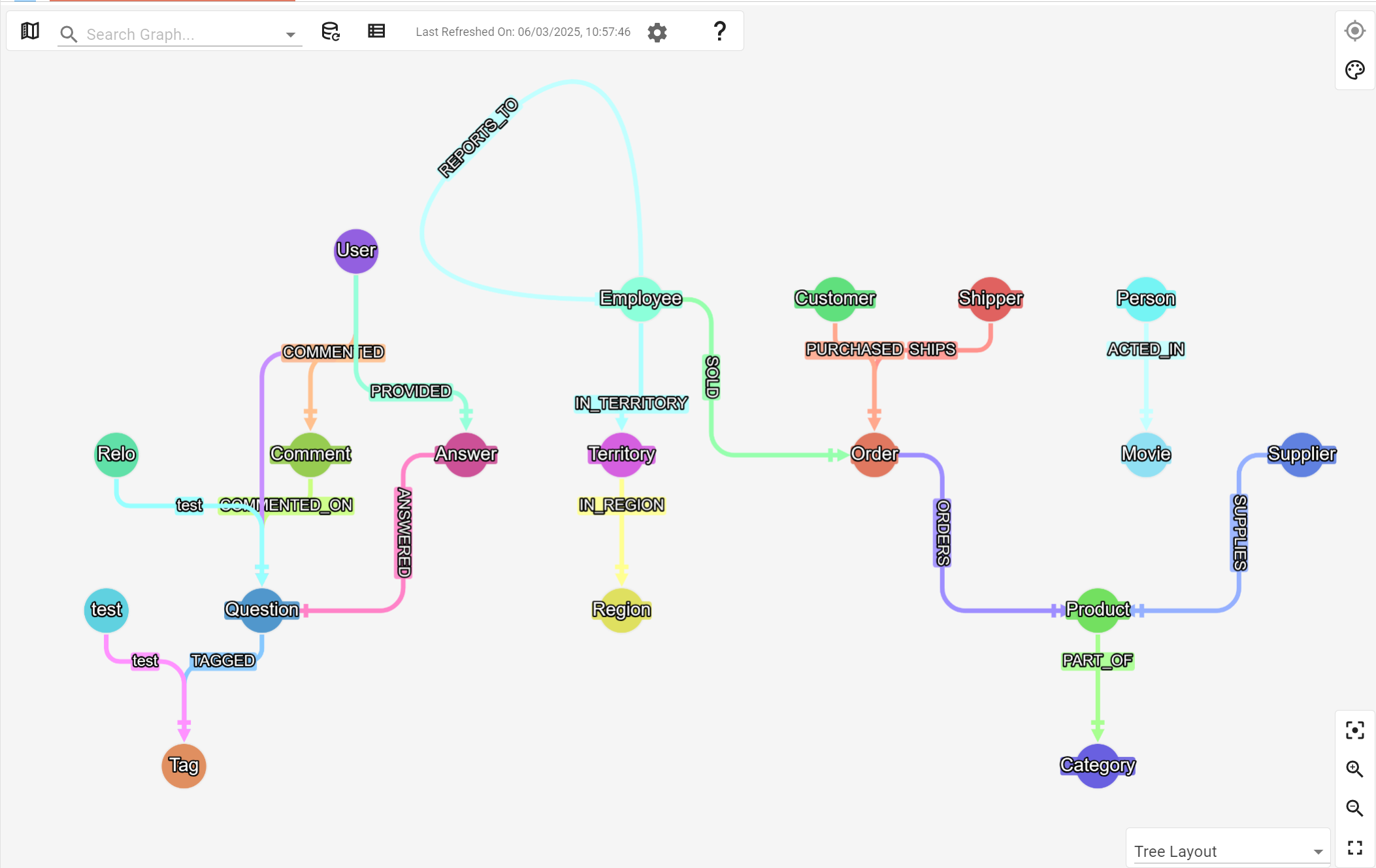
G.V() 3.23.59 is out now, bringing support to Kuzu and Dgraph. We’ve also added improvements to our graph visualization and data model viewer user experiences.
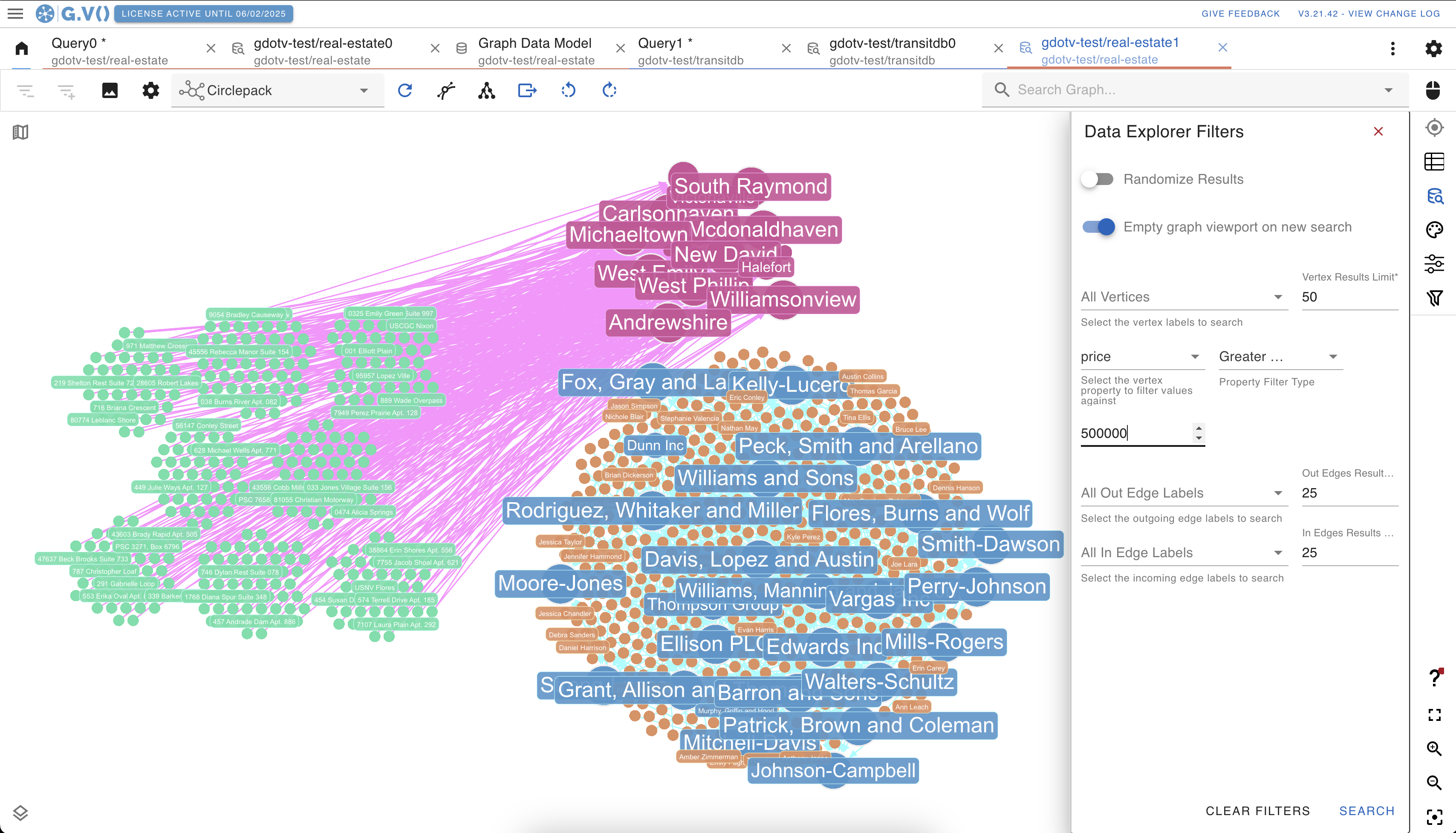
G.V() 3.21.49 is now generally available, with headline features such as Google Cloud Spanner Graph support, cool improvements to our graph visualization engine and reworked table displays for improved performance. We’re always on the lookout for ways to make a better, further reaching product for the graph database community – in this latest update we get to do a bit of both!

Discover the differences between Azure Cosmos DB Data Explorer and G.V() in this detailed breakdown of both graph database clients and their features.
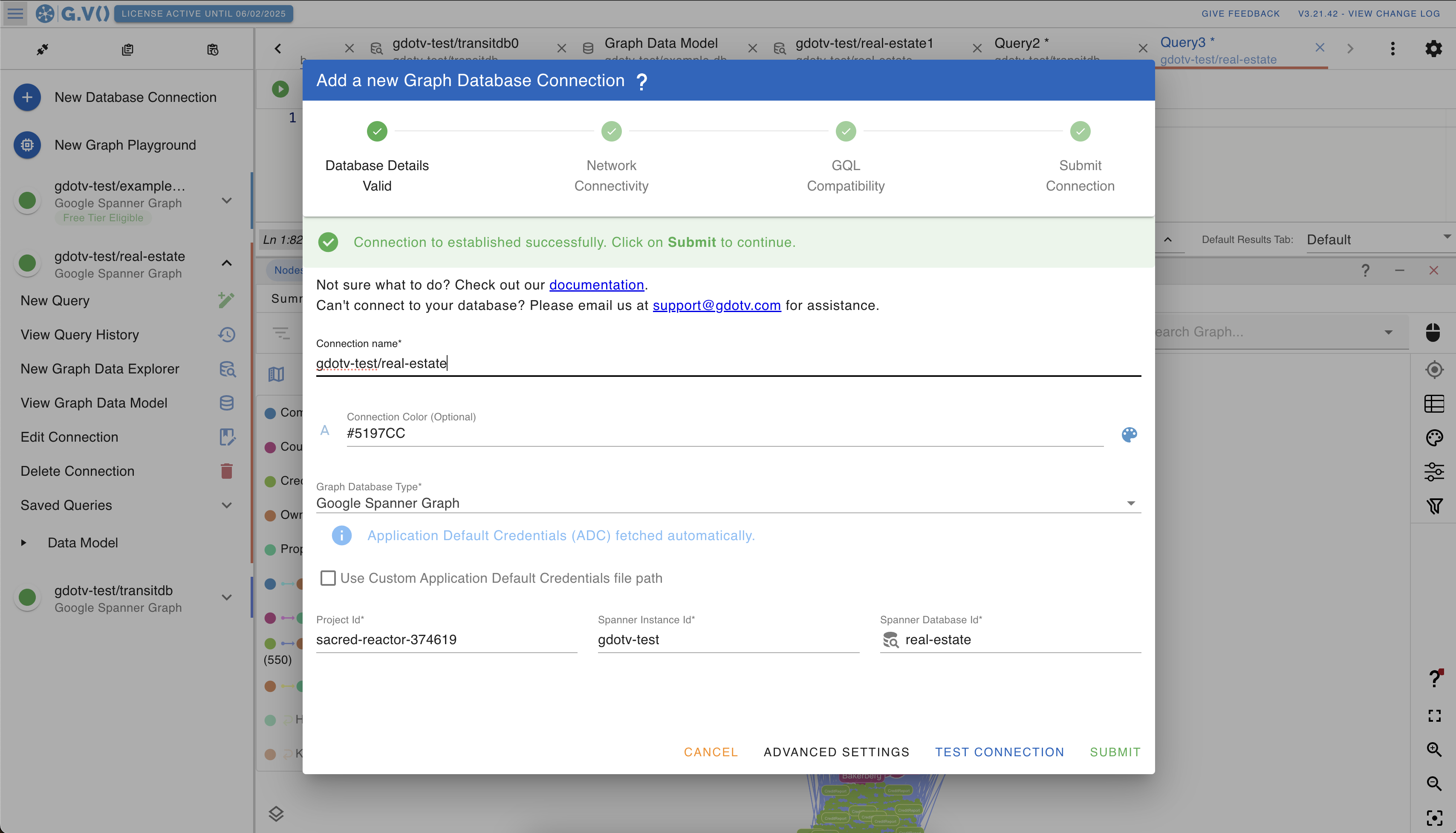
Learn all about G.V()’s new compatibility with Google Cloud Spanner Graph including plug-and-play setup, graph visualization, and no-code data exploration.

G.V() 3.14.38 Release Notes: Now with Support for Neo4j, Memgraph, Neptune Analytics, Query Editor Improvements, and more!
For the first time ever, G.V() can be used on non Apache TinkerPop graph databases. It is now compatible with Neo4j, Neo4j AuraDB, Memgraph and Amazon Neptune Analytics using the Cypher querying language.
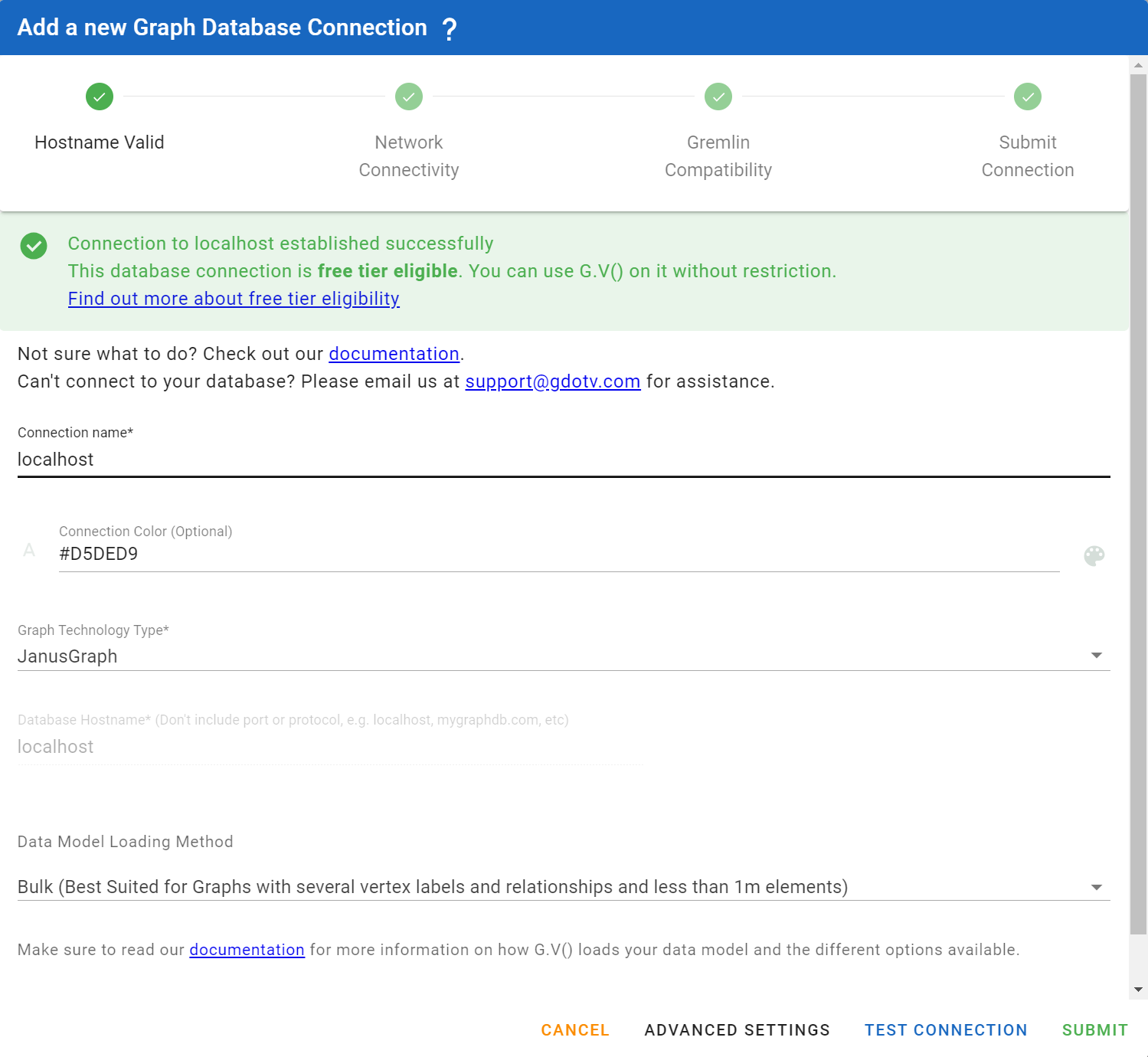
Introduction G.V() 3.9.32 is now available for all to use, with a more accessible free tier, and new data visualization features. We’ve listened to community feedback and implemented a free version of the software available to use for all graph […]
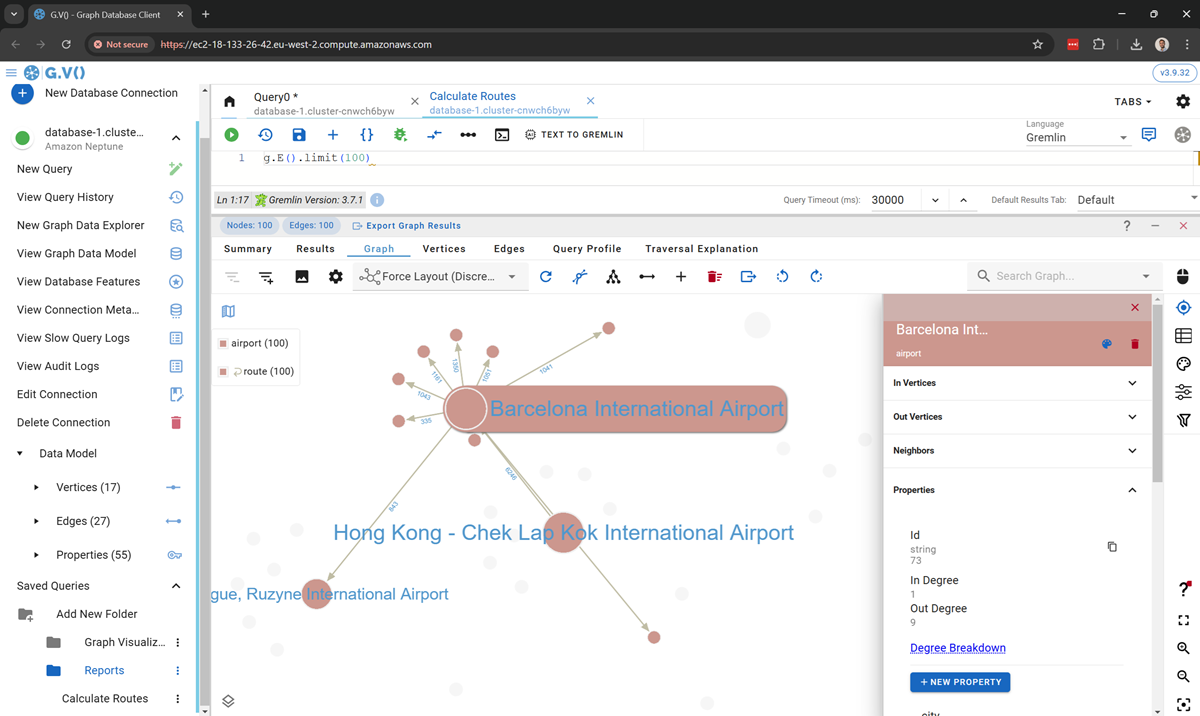
Learn about the release of G.V() graph database client on AWS and how to get started with a free trial